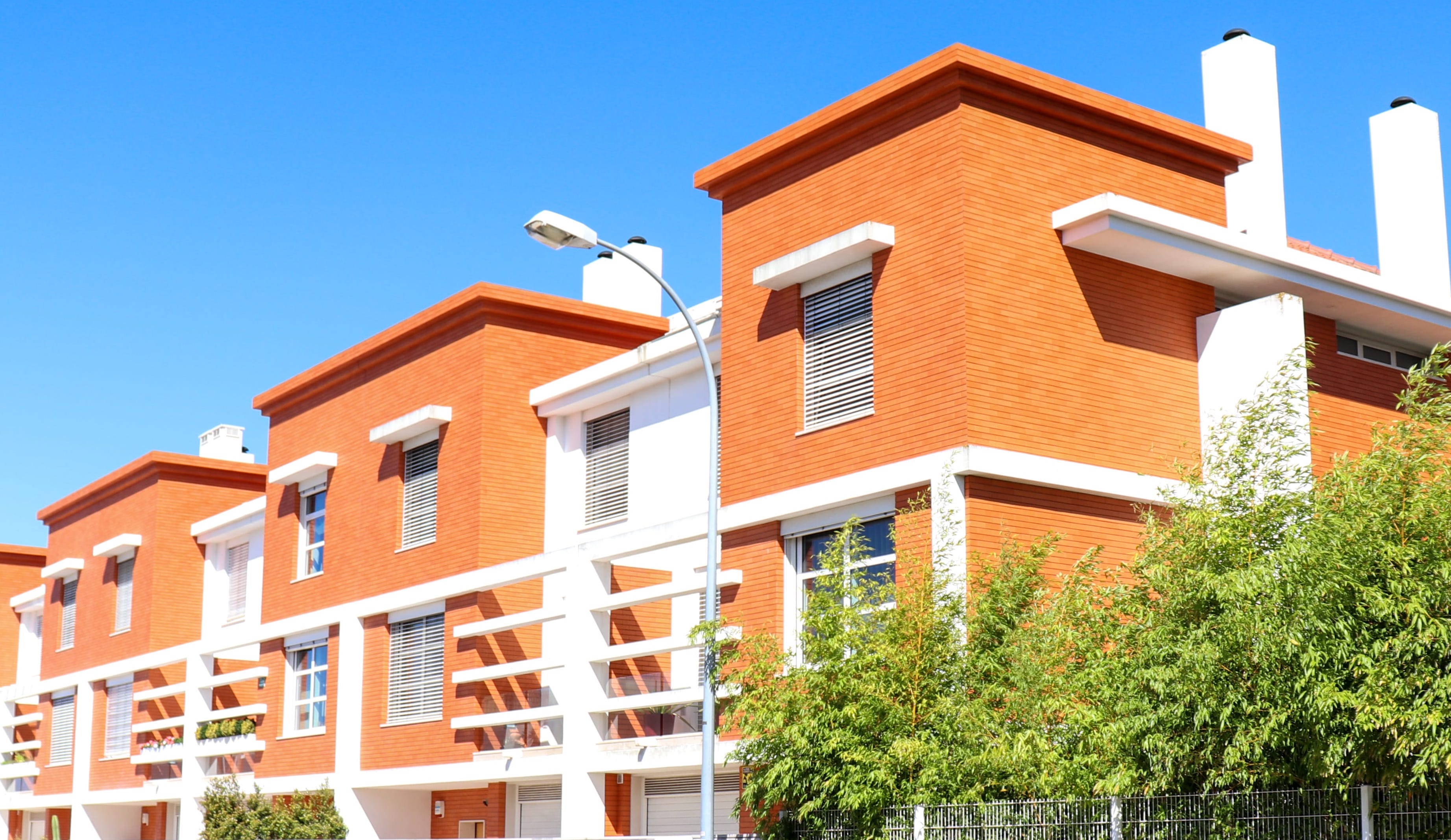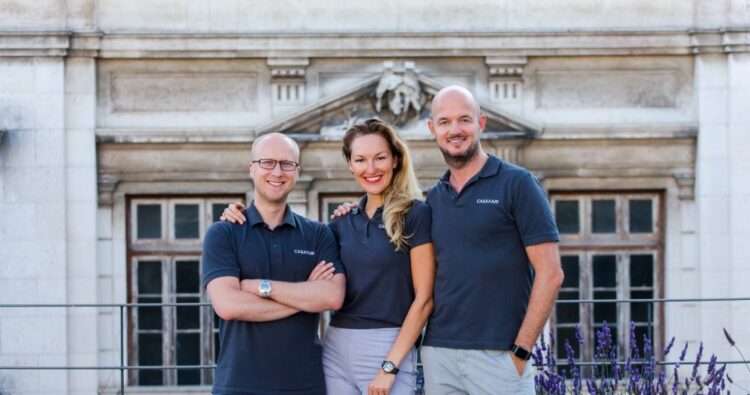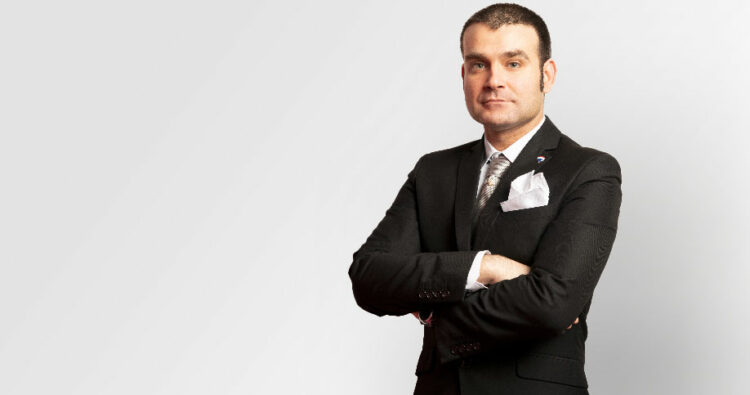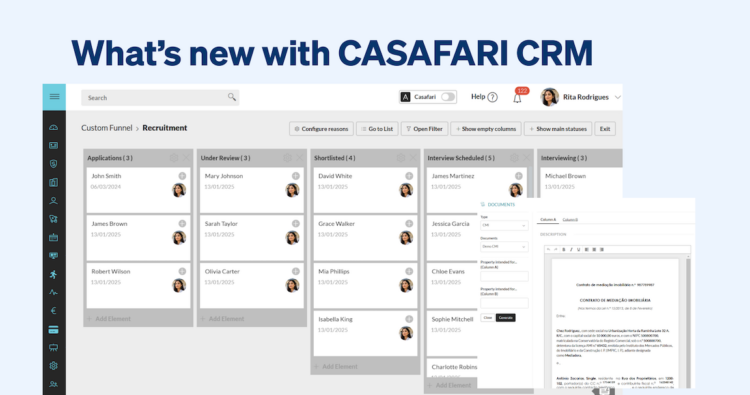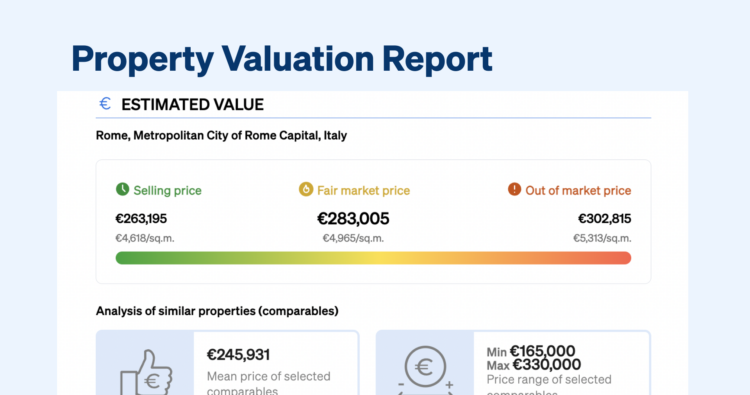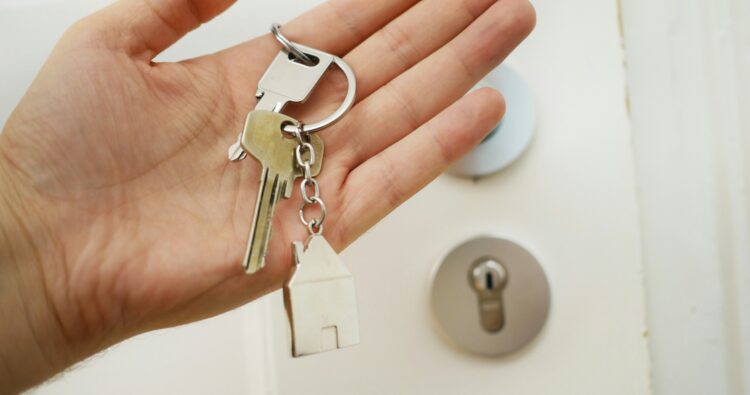When attracting interest for a property, excellent real estate photography is key. As an estate agent, your aim is to make possible buyers see the great potential of the property, which can only be done by using images that show off its best characteristics and really bringing the listing to life. With that said, here are five real estate photography tips to remember.
1. Location, location, location
Take impactful and inspired real estate photography before you even cross the threshold of the house. Make the most of beautiful views and surroundings to really stress the value of the location, as a scenic view is said to add a lot of value to a property.
Play up to the climate or the season: autumn and winter are the ideal backdrop for a listing where you want to emphasise a property’s warmth and cosy atmosphere, while summer weather complements a spacious and well-lit property perfectly.
Likewise, if the garden or the exterior is one of the property’s main features, capture it in your photos.
2. Good lighting is crucial
Natural light is the best bet for capturing great images. If you are shooting outside, make sure that the sun is behind you as you take the photo so that the light doesn’t interfere with the shot. Also try and take photos on a clear and bright day, as it goes without saying that bad weather will do you no favours when it comes to attracting interested buyers.
Late morning to early afternoon is the ideal time of day because the sun is at its brightest and you don’t have to worry as much about shadows – which is something you are only likely to notice in the final shots when it is too late. Although dusk can look beautiful to the naked eye, it is a difficult time of day to photograph and can result in dull quality images.
If a room has lots of natural light that streams in through the windows, by all means capitalise on it. In darker rooms where you have to make use of the artificial lighting or flash, be careful that this doesn’t create strange ; if possible, using a post-production editing tool to even out the lighting.
3. Use furniture and decor
Your ultimate objective is to sell a property, and this means selling an idea that inspires your buyer. It’s your job to make your client really feel like they want to live there, and so do what you can with the furniture and the decor to make the place appealing.
While it’s true that a more minimalist photo allows for a blank canvas for the client to project their own ideas onto the space, homely decoration is what really gives a property a charming sense of character. If possible, stage furniture and rearrange household objects to use as photo props. Your goal is to capture every reason why a potential buyer should love the room in just one picture-perfect shot.
What comes next may be common sense, but it will make all the difference: make sure the property is clean and tidy before taking any photographs. This means disguising any clutter, making sure all furniture lines up well, and removing from the shot any items that simply aren’t selling the vision. Replace the mail on the coffee table with some reading material from the bookshelf, for example. Pay close attention to the kitchen and the bathroom – two rooms where cleanliness is key. Ensure all mirrors and surfaces are clean and take any toiletries or cleaning products out of the shot.
4. Angles make a difference
Position your camera in the corner of the room to capture as much of its dimensions as possible. Or even better, take the photo from just inside of the doorframe and be sure to capture three walls of the room, as this angle will most effectively show off the space. Take your photos in landscape orientation, not portrait.
It is worth investing in a wide-angle lens to really emphasise the space in a property; a normal lens is often not capable of fitting in the entire width of room in a way that wide-angle lens camera can, which means that the sheer potential that a room has to offer won’t translate well to the images you take.
Shoot from waist-level, not eye-level. Although it might seem only natural to take the photo from the perspective of how you will see it, taking photographs from higher up distorts the lines in the image that subconsciously seem peculiar to the human eye. These lines – tables, mirror frames and other shapes that make up the composition of a photo – aren’t usually noticed in real life but are often immediately obvious on camera. A bad angle could create a general sense of imbalance that could work against you, so make sure to shoot from lower down so that all lines in the frame appear straight. If possible, use a tripod to take steady, well-angled shots.
5. Use an editing tool
Editing your real estate photography with a software tool can vastly balance out any lighting issues and remove any distorted lines. And don’t worry, you don’t need to be an expert in an editing software to be a real estate agent!
In fact, there are quite a few applications in the market that can help you enhance your photographs without much effort. Download a few, try them out and see which one of them feels easier for you to use.
After choosing your favourite, have in mind that you need to edit your photos before publishing them.
Now that you know how to make the best our of your real estate photography, check these 5 essential tips for real estate agents.
